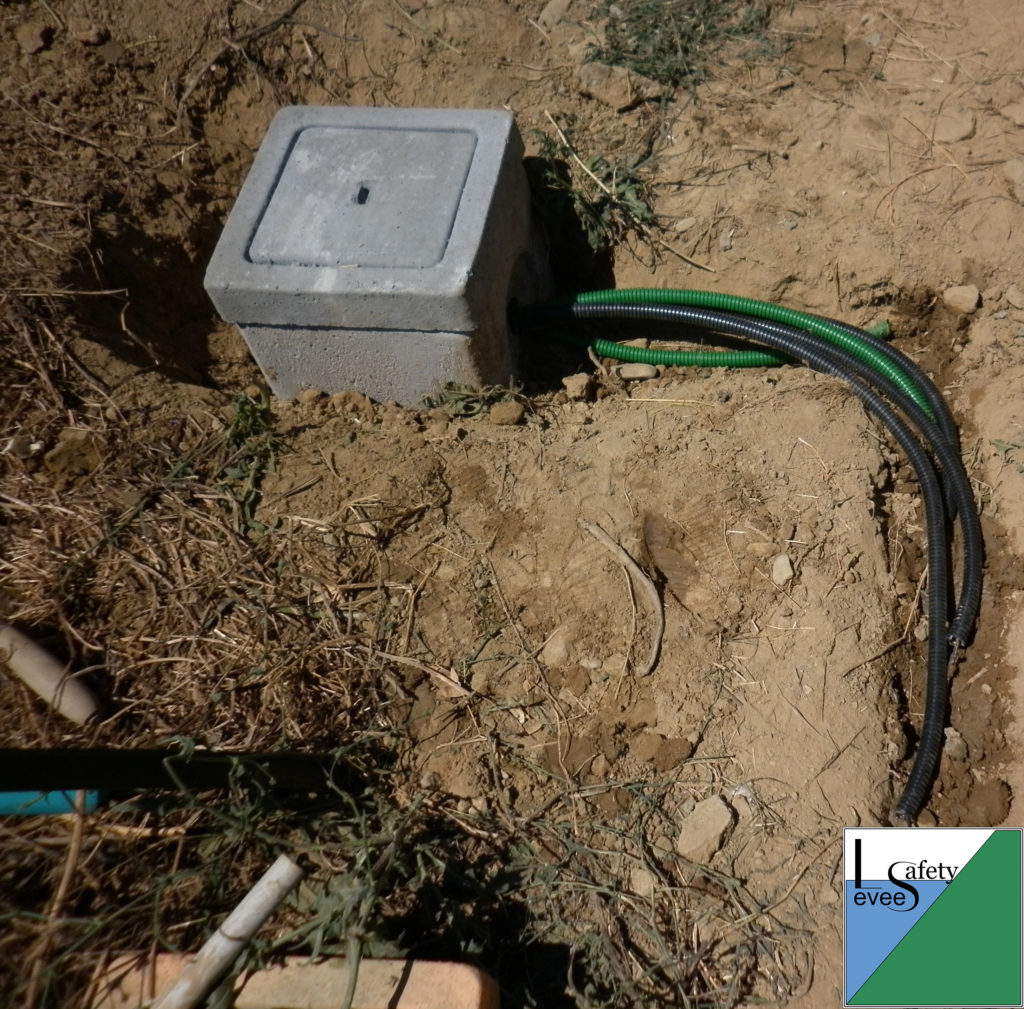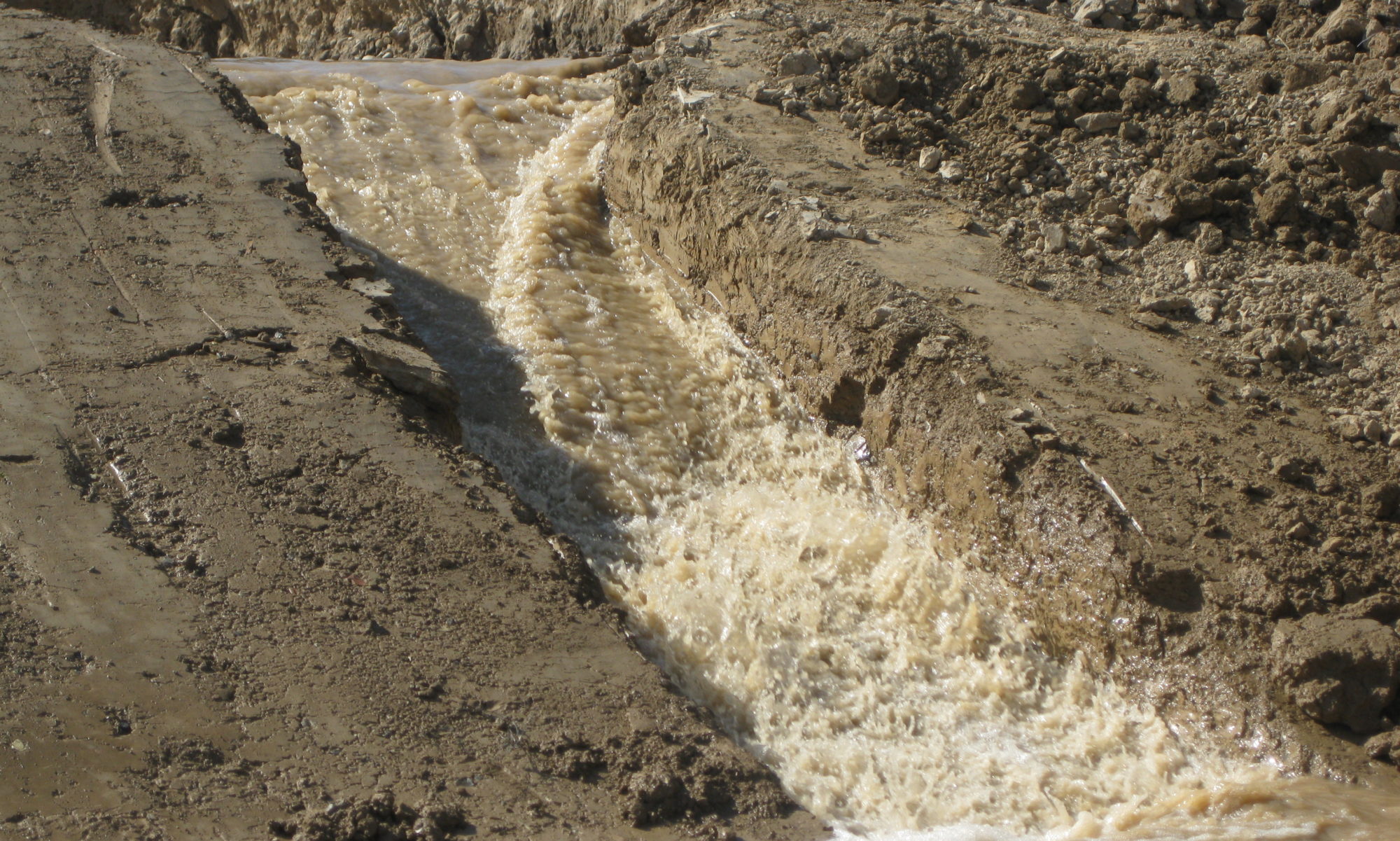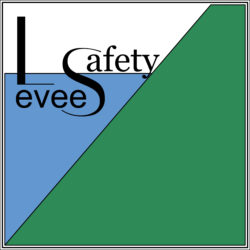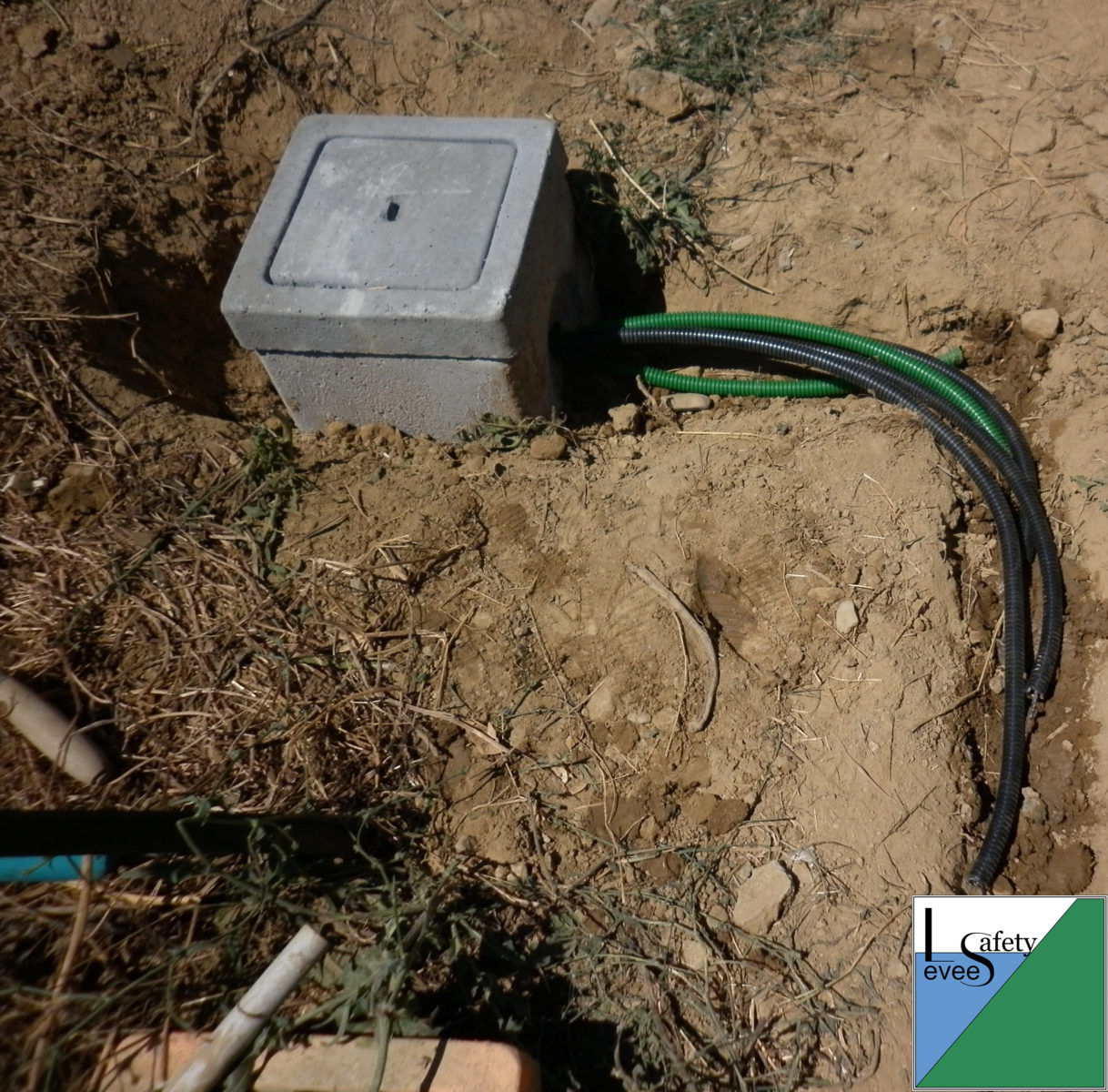POTENTIAL RISK REDUCTION
The primary purpose of levee monitoring is to reduce the risk of levee failure and the associated consequences. Operation and monitoring plans include periodic inspections by trained personnel (utilizing checklists and forms) to identify areas of potential weakness that may require repair prior to flood season. Instrumentation is used to increase and enhance the visual monitoring efforts, particularly in areas where special concerns exist.
RESIDUAL RISK
The residual risk to protected areas has two components:
1. Known risk: levees only provide protection up to their design flood level so flood events exceeding the design flood level would be expected to overtop and fail the levee. Managing the known risk is accomplished by:
- communicating to the public in the protected areas;
- addressing this risk (e.g. additional flood protection measures, evacuation plans, etc.).
2. Unknown risk: potential for levee failure during a flood event less than the design flood event and for conditions not exceeding the design criteria. Managing the unknown risk is accomplished through:
- monitoring activities;
- remediation efforts to address identified problems.
BENEFIT TO COST RATIO
Given funds are insufficient to perform all the monitoring activities that would be desirable for all levees, it is necessary to develop a strategy to allocate funds to those levee systems where the greatest benefit will occur. This is normally expressed as a benefit to cost ratio. Higher ratios are normally associated with urban areas.
INSTRUMENTATION RISK
There is a risk associated with the instruments themselves that could affect the instrument reliability:
- Instruments may not have a satisfactory performance history;
- Instruments may fail unexpectedly and unknowingly;
- Required maintenance of the instruments may not occur.
Risks and disadvantages of instrumentation installations
The risks and disadvantages of instrumentation installations need to be appropriately considered during the design of a monitoring program.
In fact, in most instances, installing instruments within an embankment involves compromising the levee integrity, to some degree, so that the instruments can be installed trenching in the core of the embankment, placing instruments and cables and backfilling the trench with compacted material (embankment material replaced and compacted may be less dense). Steps should be taken to limit construction anomalies associated with instrumentation installations and to minimize the impact of an instrument installation.
Main problems:
- Instrumentation may be incorporated in the original design and construction of a levee but it is more likely that it will be provided at an existing levee. Unacceptably large disturbance of the existing levee may be associated with installation of some types of instrumentation which may precludes their practical use.
- If an instrument is installed incorrectly, the instrument installation work could damage the levee compromising its integrity and increasing the risk of failure.
- The instrumentation may be faulty and does not provide accurate data.
- Budgets are generally small and operating and maintaining the instrumentation system may be an unsupportable burden.
General considerations for selecting the appropriate instrument
- Long-term reliability. It is a very important consideration for instruments, particularly those embedded within levees that cannot realistically be retrieved and replaced in the event of instrument problems/malfunction.
- Simplicity. Instruments should be as simple as possible because, generally, more complexity implies greater opportunity for something to go wrong.
- Vandal resistant. Lockable and stout protective enclosures for instruments are important.
- Low maintenance. Instruments requiring little or no maintenance are desirable from a cost and convenience standpoint and are preferable for long-term reliability as well.
- Compatible with construction techniques to be employed. It is important that instrumentation installations be compatible with the construction activities so that: a) the instrument installations are successful; b) the constructed levee is not adversely impacted by the installed instruments.
- Low cost



